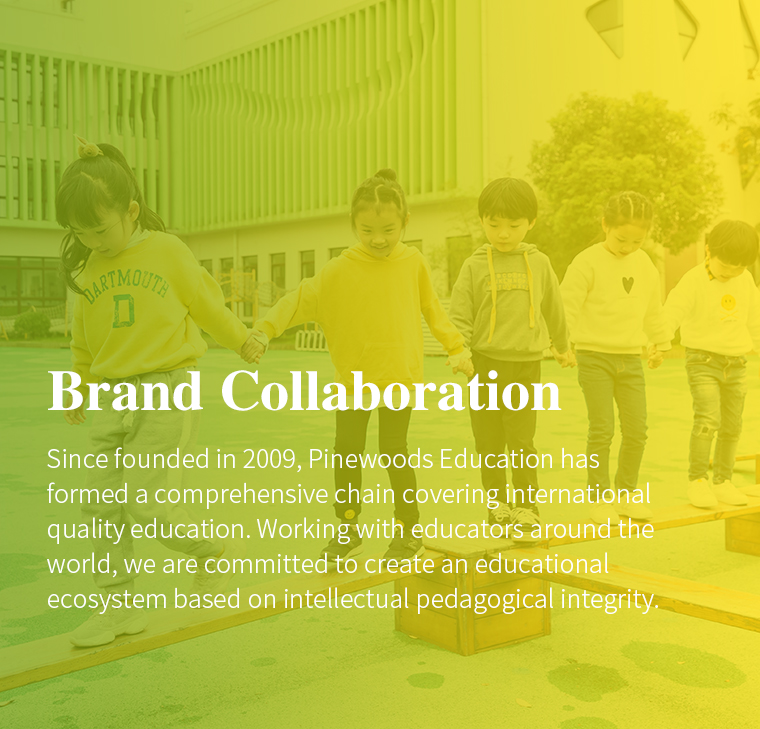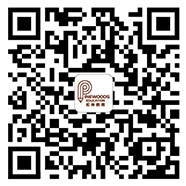Brand Collaboration
Since founded in 2009, Pinewoods Education has formed a comprehensive chain covering international quality education. Working with educators around the world, we are committed to create an educational ecosystem based on intellectual pedagogical integrity.

PEEP Curriculum

Pinewoods Education English Program (PEEP) was launched in China in 2019. The program provides high quality systematic English program to Chinese children aged 3 to 12. The program is designed by a group of educators across disciplinary, with a solid theoretical foundation as the program core.
The program is inquiry based and offers learning that is engaging and focuses on the second language acquisition stages of children. The strong second language English program is delivered in a whole-language environment which children can immerse themselves into the language.
Pinewoods Education will ensure that the program adopt high standards of practice in line with international standards and quality framework. Principals and teachers from Pinewoods Education will also have access to an intensive training and professional development program conducted by its Headquarters in Singapore.
Vision
To become the industry leading English program provider in Asia.
Mission
- To create a fun, authentic and engaging learning experience
- To provide a high quality program to our students
- To engage parents in their child‟s learning
Our Philosophy
At Pinewoods Education, every child is viewed as one who is competent and capable. We respect that each child has his/her own individual learning style and as such we are committed to a student-centered learning curriculum that provide opportunities for the child to inquire, and build on their current knowledge. We believed in delivering fun and engaging activities, conducted in a comfortable and fun-filled environment, provide an enjoyable learning experience that can truly make English into a genuine communication tool.

PEEP
Seven Big Ideas:

curriculum structure

PEEP Stage 1 Nonverbal Period
Level 1A – preschool stage (3-6 years old)
Level 1B – Primary Stage (10-12 years old)

PEEP Stage 2 Telegraphic and Formulaic Speech
Level 2A – preschool stage (3-6 years old)
Level 2B – Primary school lower grade (7-9 years old)
2C level – elementary school senior stage (10-12 years old)

PEEP Stage 3 Productive Language
Level 3A – Elementary school senior stage (10-12 years old)
PEEP Phase 1: Non-verbal phase
When children realize that they cannot communicate with others using family language, they enter a stage where they rarely speak or use non-verbal communication. This is the stage in which the child actively learns the language; he is busy learning the characteristics, pronunciation, and words (receptive language) of the new language, but can’t use the new language for dialogue. This is a crucial stage in learning a second language, and the duration is long and short. At this stage of development, any language assessment conducted may misunderstand the information, ie underestimate the child’s true language skills.
PEEP Stage 2: Telegraphic and Formulaic Speech
At this stage, the child is ready to start using the new language and talk in some stylized telegraph language. It’s like a child who speaks only one language is learning to use simple words or phrases (real words) to express all his thoughts. For example, a child might say, “I am down” means he wants to go downstairs. Stylized language refers to unsynthesized, connected words, sometimes even connected syllables, which are repeated after the child hears others use it. For example, the educator Tabers (1997) mentioned in the report that she found that English learners in pre-school education frequently use “Lookit” to attract others to participate in their own games. Others use these phrases to achieve their social goals, and the children hear these two words from their mouths, but may not understand what they mean at all.
PEEP Phase 3: Output Language
At this stage, the child begins to jump out of the expression of telegraph or stylized language, create his own phrases, and have his own ideas. In the beginning, the child might use a simple grammatical form like “I want to play the game”, but as time goes on, he will slowly master the structure and vocabulary of the new language. At this stage, the children are in the stage of experimenting with new languages and are learning its rules and structures, so they often make mistakes when using the language.
Cooperation mode
As a well-known education establishment in China and abroad, Pinewoods Education adopts an educational management model that integrates well-known teaching and research achievements globally, and adheres to the educational philosophy suitable for children’s growth.
Pinewoods Education adopts 2 collaborations models that ensure both the students and schools receive the best of the curriculum:
(1) Joint Venture Collaboration
(2) Entrusting School Management

contact us
Singapore Headquarters
10 Anson Road #10-11 International Plaza Singapore 079903
Email: enquire@pinewoods-edu.com
Zhengzhou headquarters in China
ZhengzhouCity New ZhengDong
District Campus, Henan Province

